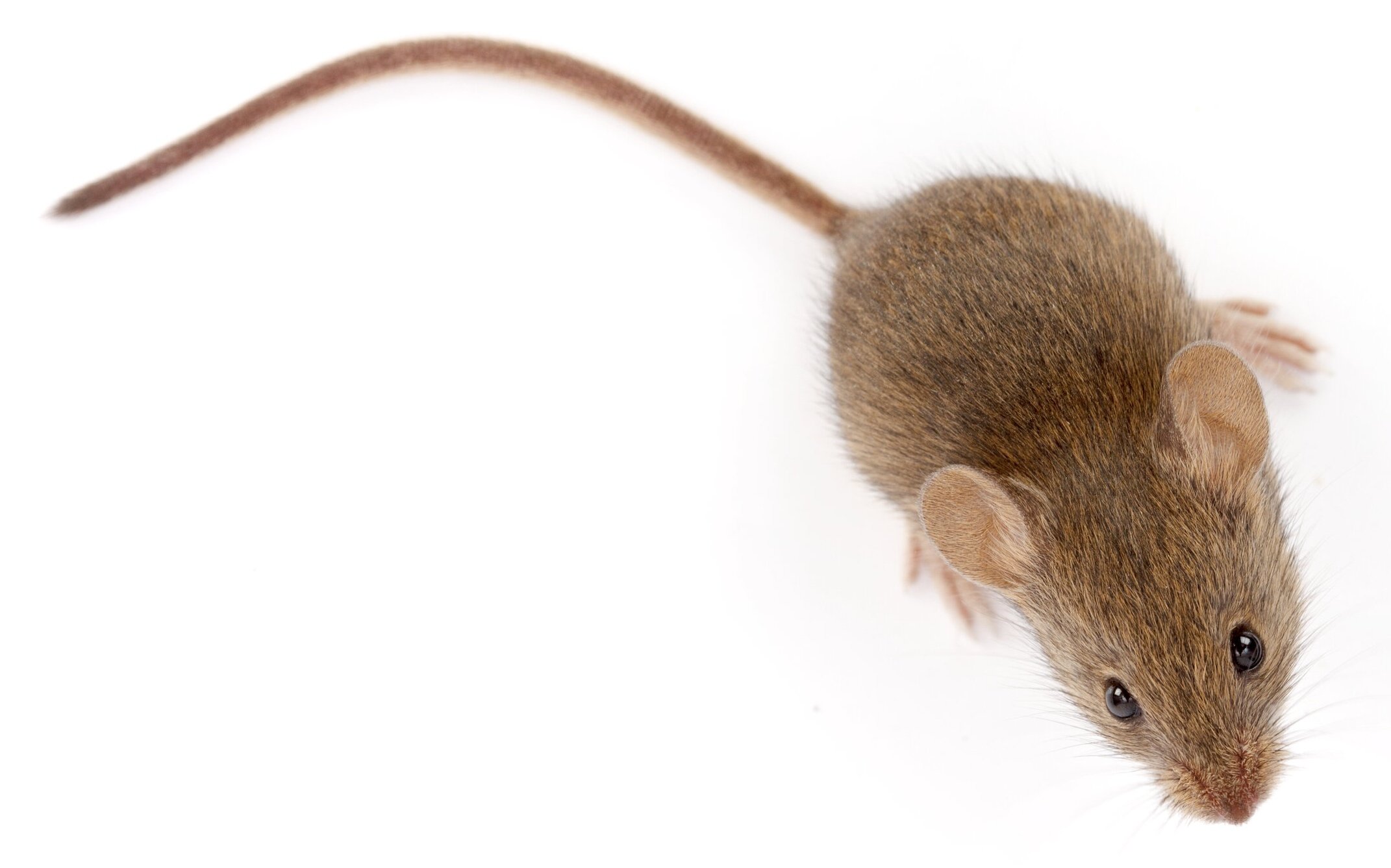
In the Larson Lab, we want to understand the origins of species through the evolution of reproductive traits. During reproduction, males and females interact in diverse ways, both before and after mating, and at different organizational levels—as individuals, gametes, sex chromosomes, and male or female-biased genes. These interactions can be at once cooperative and antagonistic, because the sexes can have conflicting interests and investments in reproduction. We study how these interactions are shaped through sexual selection and genomic conflict, and how divergence in reproductive traits contribute to speciation in various systems, with a particular focus on species that interact in hybrid zones.
News
Cricket Hybrid Zone
Hybrid zones are places where divergent lineages meet and mate. When you walk across a hybrid zone, you can see the transition from one species’ range to the other, observe spatial variation in patterns of morphology, ecology and behavior, and see evolutionary processes, such as hybridization, happen right before your eyes. In hybrid zones, generations of recombination shuffle divergent genomes, allowing us to directly link genotype, phenotype and evolutionary processes driving divergence in natural populations. In a field cricket hybrid zone, we are studying how traits the prevent species from mating vary among populations and linking this variation to spatial patterns of gene flow between species. LEARN MORE.
This project is funded by a NSF Rules of Life Grant in collaboration with the Tinghitella Lab (University of Denver) and the Maroja Lab (Williams College).
*** We are recruiting Graduate Student(s) to work on this project. If you are interested, contact us. ***
Spermatogenesis & Hybrid Sterility
Hybrid sterility is a common way that closely related species are reproductively isolated. We study hybrid sterility with a specific focus on sperm development. We use techniques such as FACS to isolate highly enriched cell populations across different stages of sperm development and investigate how gene expression differs between species and their F1 hybrids. The expression of the sex chromosomes are particularly dynamic during sperm development and we study how divergence in sex chromosome gene regulation contributes to hybrid sterility at different developmental time points. These projects are a collaboration with the Good Lab (University of Montana).
Spermatogenesis in Dwarf Hamsters
In hamsters, we are taking a first look at regulatory dynamics across sperm development in two species and their F1 hybrid. This project is led by Kelsie Hunnicutt (now postdoc in the Velotta Lab) who was funded by a NSF Graduate Research Fellowship.
Sperm Precedence & Hybridization
When a female mates with multiple males, which sperm successfully fertilize her eggs is the outcome of both sperm competition and aspects of the female reproductive tract that select for particular sperm. We are studying how these post-copulatory interactions operate within species of leaf beetles and translate to reproductive barriers in a hybrid zone. This project is a collaboration with the Peterson Lab (Western Washington University)
Check out our most recent paper on this project: Larson EL, et al. 2019. The effects of heterospecific mating frequency on the strength of cryptic reproductive barriers. Journal of Evolutionary Biology 32: 900-912.
Student Projects
Hybridization in Cottontails
Project Lead: Kelsie Hunnicutt
The goal of this project is to understand the impacts of anthropogenic change (e.g.urbanization, climate change) on hybridization. Historically, mountain and desert cottontails were stratified across elevation. Now, increased habitat availability and the recent westward expansion of eastern cottontails, has brought all three species into contact in suburban and urban areas of Colorado. We are using this system to understand how human-mediated change has altered species distributions (demographic modeling) and interactions (tests of contemporary vs past hybridization). This project is a collaboration with John Demboski at the Denver Museum of Nature and Science and funded by a grant from the Jefferson County Open Space
Collaborations
Tinghitella Lab
University of Denver
We are working with the Tinghitella Lab to investigate population structure and selection in novel cricket morphs of the Pacific field cricket.
This project is lead by David Zonana, who is funded by a NSF Postdoctoral Research Fellowship.
Emlen Lab
University of Montana
We are working with the Emlen Lab to understand the genetic architecture of a suite of traits involved in multimodal signaling in rhinoceros beetles.
This collaboration is funded by the NSF Division of Integrative Organismal Systems.






